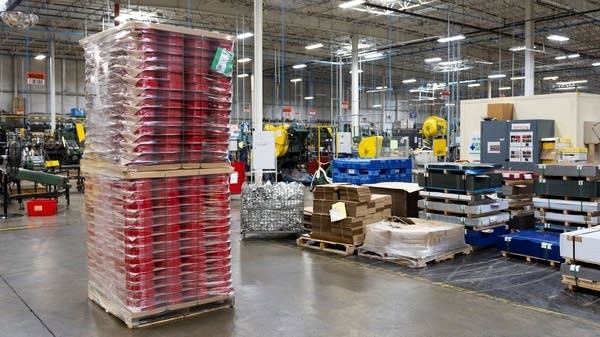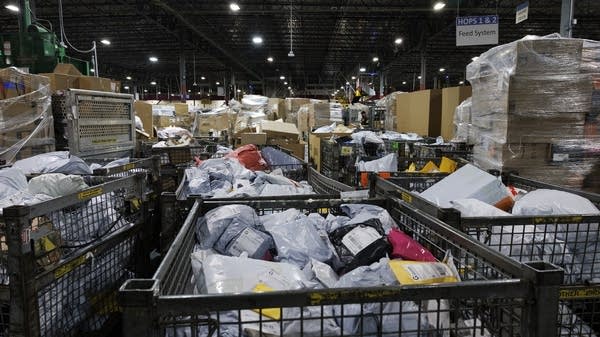A tour of U.S. manufacturing regions in a time of uncertainty
June manufacturing surveys from the federal reserve banks of Dallas, Richmond, Kansas City, and New York offer a snapshot how production lines across the country are faring.

Cars and gasoline — two staples of a summer road trip — are also among the many goods manufactured in Texas. But according to new data released by the Federal Reserve Bank of Dallas, production in the state’s manufacturing sector was flat in June.
Texas isn’t alone. In fact, a broader look across several regional Federal Reserve districts shows a similar pattern of soft or stagnant manufacturing activity, with few signs of acceleration heading into the summer.
So, consider this an economic road trip through the American manufacturing sector — a snapshot of four regional Fed surveys released in June.
The trip begins in the Tenth District, where Cortney Cowley, an economist with the Kansas City Federal Reserve, was literally on the road when she spoke about her district’s latest data.
“So, I'm just on my way to Enid, Oklahoma,” Cowley said.
Home to steel manufacturing, the district also does a lot of food and petroleum-related production. In June’s survey, Cowley said activity and employment is down. Meanwhile, prices for both inputs and finished goods continued to rise.
“And then we’re also continuing to see prices for both inputs and produced products or outputs increase,” she said.
Crossing state lines into Texas, the Dallas Fed’s Emily Kerr pointed out that a lot more than petroleum products are made there.
“We have a lot of high-tech manufacturing — quite a bit of food manufacturing, we're the top cattle state,” Kerr said.
In June’s survey, Kerr said that though demand continues to fall, hiring actually picked up.
“If firms are feeling dire about the outlook, they probably wouldn't be adding to head counts,” she said.
About 1,200 miles east, in the Richmond Fed district — which includes sectors like pharmaceuticals, agriculture, aerospace and textiles — survey director Jason Kosakow said June showed continued softening, a trend since mid-2022.
“The difference now is the reasons for the softness,” he said.
The big concern used to be labor shortages.
“Now it’s we can't even know what to price our products at,” Kosakow said, “because the time it takes to manufacture our goods and get it out and to ship it out, and all the lead times, the input cost and the variable costs are just fluctuating too fast.”
And due north, in the Empire State, the New York Fed’s Rich Deitz said that tariffs, immigration fears and other policy uncertainty have added concerns to an already weak sector, which produces a lot of electronic components, furniture and heavy metals.
“What was interesting is that employment inched up a little bit this month, which was quite unusual,” Deitz said.
Manufacturing activity declined in June’s survey while input costs went up.













